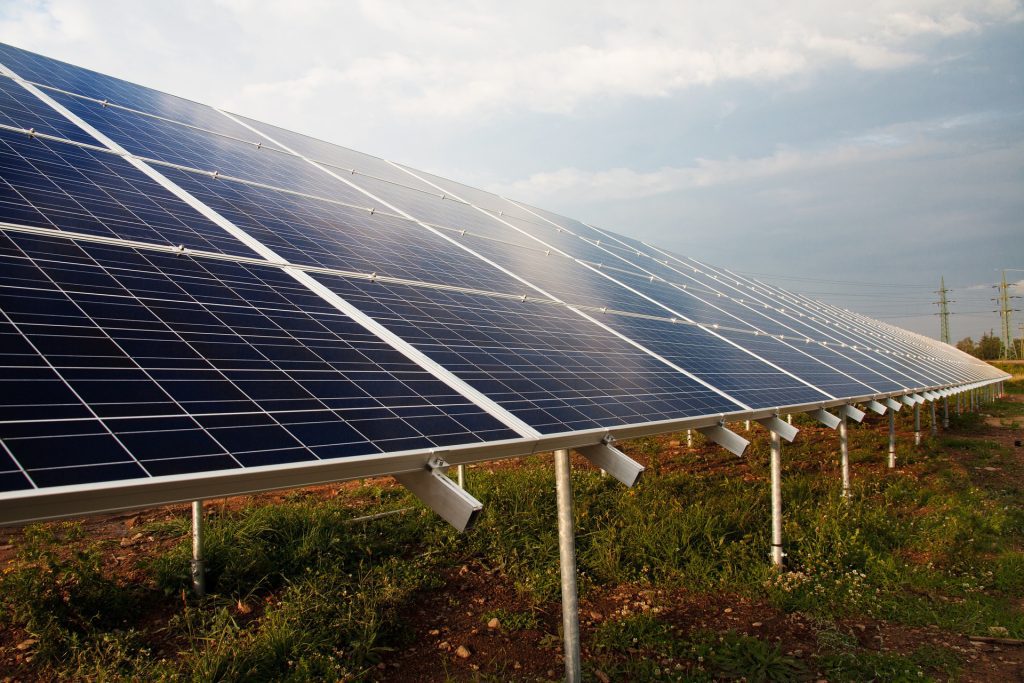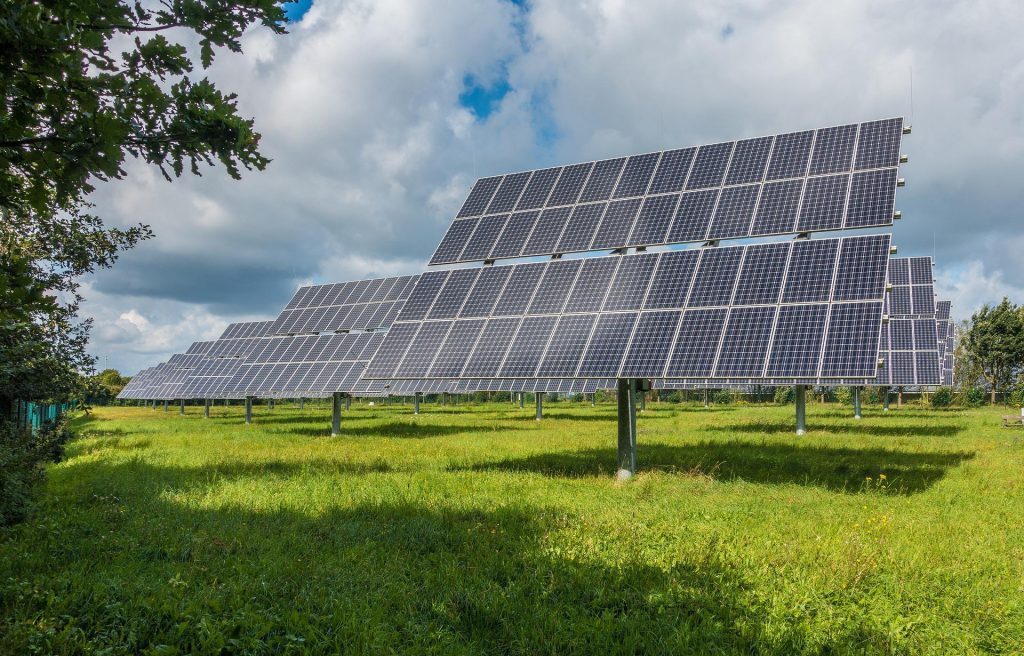There’s A New Record Set For Solar Cell Efficiency
Solar cells, called perovskite-organic tandem cells, with an efficiency record of 24% have been achieved by researchers from the University of Wuppertal. The efficiency achieved with these perovskite-based and organic absorbers is the highest recorded so far.

Researchers from various institutes came together to achieve this feat and were led by Professor Thomas Riedl and his team from the University of Wuppertal.
Traditional solar technologies which are principally based on silicon have been fully optimized and as such significant improvements in their efficiency were considered almost impossible. This shortcoming led to the development of these innovative solar cells.
These novel solar cells are based on perovskite and organic semiconductors. According to Prof Riedl, aside their improved efficiencies, less materials and energy are needed by these technologies in production, which makes them more sustainable with rapid energy payback times.

It gets even better when these organic and perovskite solar cells are paired in what is known as tandem cells. Tandem cells consist of two different solar cells which are connected in series to take care of different parts of the solar spectrum. The organic semiconductors absorb ultraviolet and visible portions of light while the infrared parts were effectively absorbed by perovskite.
The first tandem cells had an efficiency of 20% but further improvements such as building an interconnection that joins the organic sub-cell to the perovskite sub-cell electronically led to the never-before-seen 24% increase in efficiency. With this concept, efficiencies beyond 30% could be achieved sooner than expected.
